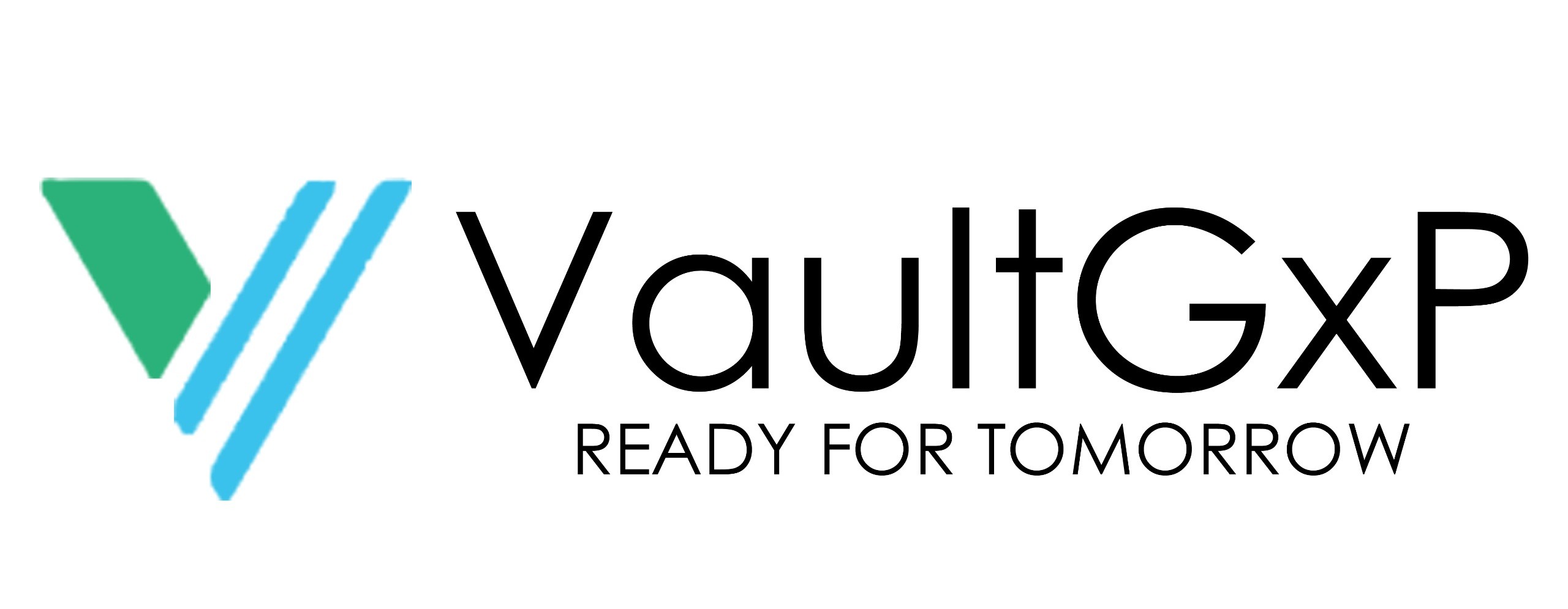
VaultGXP is your all-in-one Digital Pharma Solution

CHANGE MANAGEMENT
Change management in a laboratory setting is a structured approach to implementing alterations, whether they involve new technologies, processes, or organizational structures, ensuring minimal disruption and maximizing success. It's crucial for maintaining data integrity, regulatory compliance, and operational efficiency during transitions.
- Controlled Changes-Confident Compliance
- Streamlined Workflows Across Functions
- Be Inspection-Ready, Every Step of the Way
Controlled Changes. Confident Compliance
VaultGxP’s Change Control Management module ensures that every change—planned or unplanned—is evaluated, approved, and implemented with full regulatory control. Whether related to equipment, processes, documents, or systems, the module provides a structured workflow to assess impact, define action plans, and manage cross-functional approvals. With electronic signatures, version control, and audit trails, it enables change to happen without compromising compliance, traceability, or operational continuity.

Streamlined Workflows Across Functions
The system promotes cross-functional collaboration by allowing teams from QA, Production, R&D, Engineering, and Regulatory to participate in change review and impact assessment. Risk-based evaluations, automated task assignments, and real-time status updates keep the process transparent and efficient. Predefined templates guide users through evaluation, justification, documentation, and closure—ensuring that each change aligns with SOPs, quality objectives, and GxP requirements.
Be Inspection-Ready, Every Step of the Way
VaultGxP’s Change Control module centralizes all change records in a secure, searchable repository—making it easy to prepare for audits, inspections, or internal reviews. Integrated alerts and dashboards help teams track pending actions, overdue tasks, and implementation progress. By managing changes proactively and systematically, organizations can reduce risks, improve responsiveness, and maintain control over dynamic operational environments—all while fostering a culture of continuous improvement.














